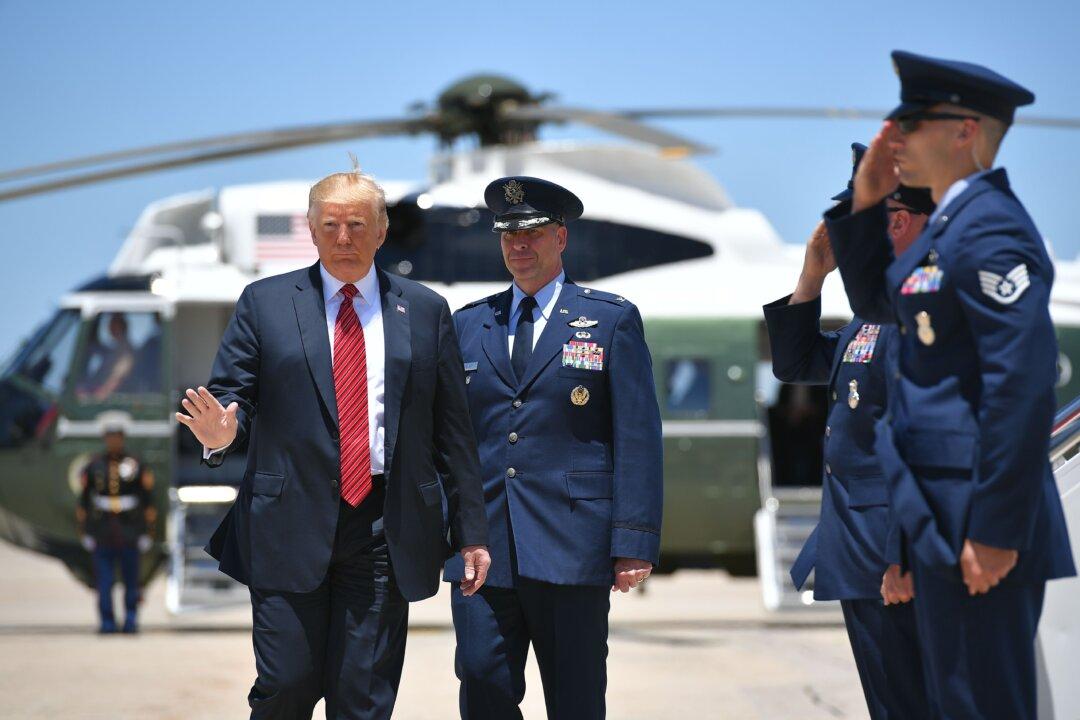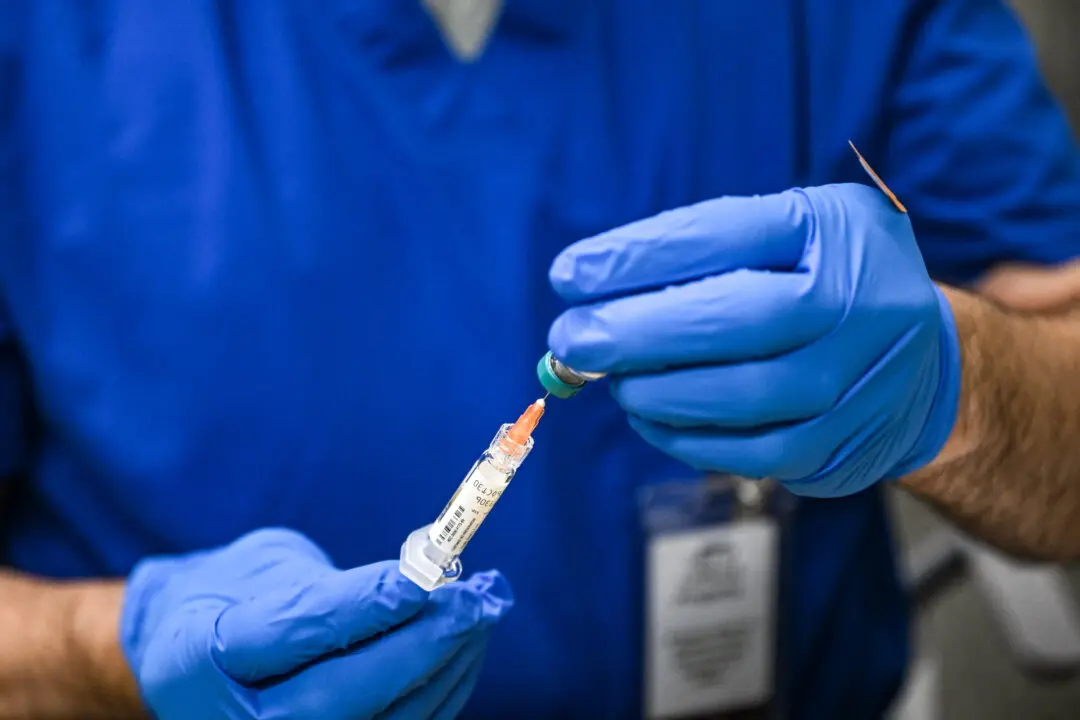President Donald Trump took aim at the polls on June 12, calling them fake.
“The Fake News has never been more dishonest than it is today. Thank goodness we can fight back on Social Media,” he began in a missive posted on Twitter. “There [sic] new weapon of choice is Fake Polling, sometimes referred to as Suppression Polls (they suppress the numbers). Had it in 2016, but this is worse.”





